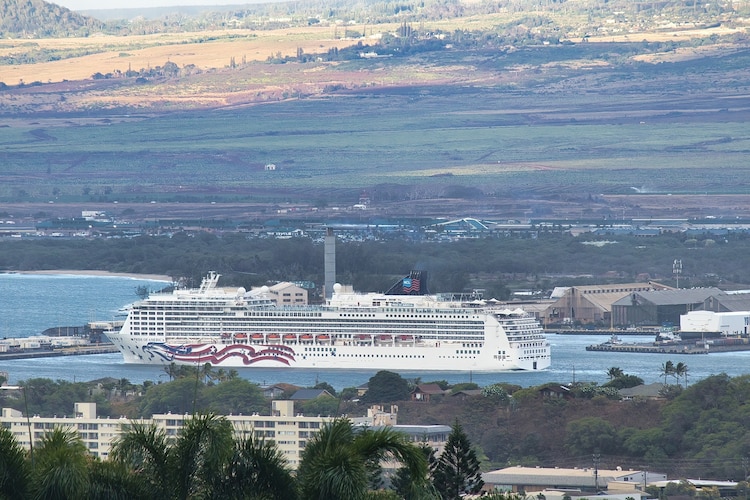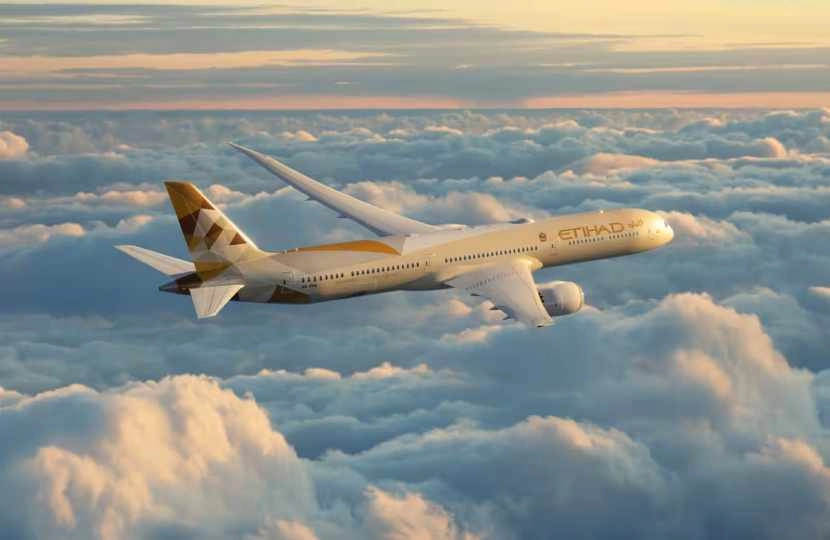South Korea. A nation where hyper-modernity collides beautifully with ancient traditions. A place where the pulse of K-Pop beats in cities that never sleep, while serene temples offer silent refuge in tranquil mountains. For any traveler planning a journey to this dynamic country in 2025, one of the first and most critical elements to understand is its transportation system.
And what a system it is.
It’s more than just a way to get from Point A to Point B. It is a marvel of efficiency, technology, and integration—a network so advanced it often feels like you’ve stepped ten years into the future. It’s the lifeblood of the nation, a silent engine that powers its “ppalli-ppalli” (hurry, hurry) culture while offering moments of serene, scenic beauty.
But for a first-time visitor, this very efficiency can seem daunting. What is a T-money card? Is the Korail Pass worth it? How do I navigate a subway system with 23 lines? What is this new “GTX” network everyone is talking about?
This is your definitive 2025 guide. Forget scattered blog posts and outdated forum advice. We are going to dive deep into every facet of South Korea transportation. We’ll cover the essentials you need before you even book your flight, guide you through mastering the sprawling networks of Seoul and Busan, explore the high-speed trains that stitch the country together, and even uncover the lesser-known tips that will make you travel like a local. This is more than a guide; it’s your master key to unlocking the entirety of South Korea, with confidence and ease.

Part 1: The Foundation – Your Pre-Arrival South Korea Transportation Master Plan
Your seamless journey through South Korea begins before you even step on the plane. Proper preparation is the secret weapon of a seasoned traveler, and in a country this technologically integrated, having the right digital tools and physical cards is paramount.
The Holy Trinity of Korean Navigation: Mastering Your Digital Compass
First, a critical warning for 2025: Google Maps does not work properly for navigation in South Korea. Due to local security laws regarding mapping data, Google Maps has limited functionality. It can show you public transit routes, but it will not provide driving or walking directions. Trying to use it will lead to immense frustration. Instead, you must embrace the local champions.
Naver Map: The All-Powerful Incumbent
If you could only download one app, this is it. Naver Map is the undisputed king of Korean navigation.
- Strengths: Incredibly detailed and accurate, offering the best walking, driving, and public transit directions. It provides real-time bus and subway tracking, down to the minute. You can see which subway car to board for the fastest transfer, find the nearest exit for your destination, and even explore street views. The English interface is robust and user-friendly.
- Lesser-Known Feature: Naver Map includes detailed indoor maps for major shopping malls, subway stations, and airports. This is a lifesaver when trying to find a specific store or transfer gate in a massive complex like COEX or Incheon Airport. You can also use it to search for specific types of businesses (e.g., “vegan restaurant” or “24-hour pharmacy”) with surprising accuracy in English.
- 2025 Update: Expect even greater integration with local services, such as booking taxis or checking real-time availability at popular restaurants directly from the map interface.
Kakao Maps: The User-Friendly Challenger
Developed by the company behind the ubiquitous KakaoTalk messaging app, Kakao Maps is a close second and sometimes preferred for its slightly cleaner interface.
- Strengths: Excellent, reliable navigation for all modes of transport. Its integration with the Kakao T app (for taxis) is seamless. The visual design is often considered more intuitive and less cluttered than Naver Map.
- Lesser-Known Feature: Kakao Maps has a “theme-based” search function that can be very useful. For example, it can show you a map of all the filming locations for a popular K-drama, or a curated list of the best cherry blossom viewing spots, complete with user reviews and photos.
- Which to Choose? Honestly, have both. Use Naver Map as your primary workhorse for its sheer data depth. Use Kakao Maps for its clean design and integration with other Kakao services.
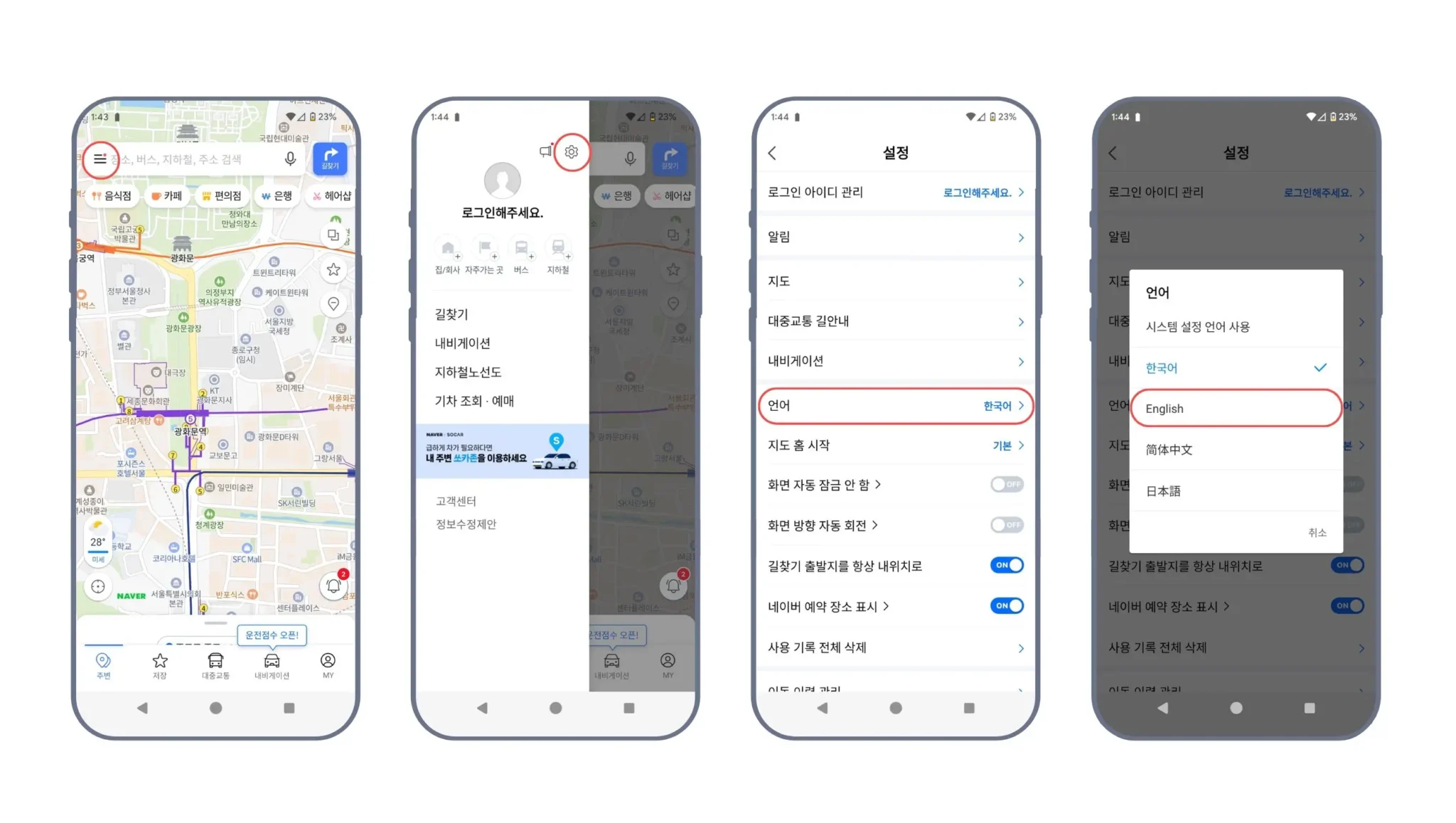
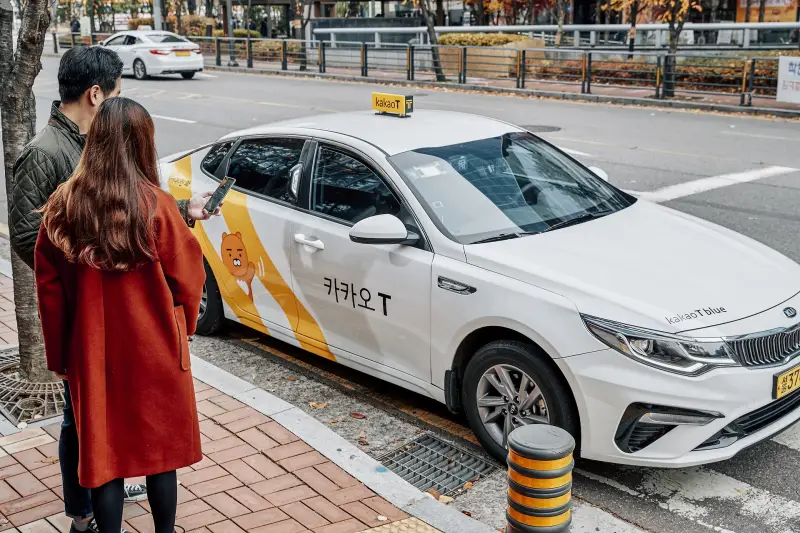
Choosing Your Transit Card: The Ultimate 2025 Showdown
Cash is cumbersome. To truly ride the rails and roads of Korea like a local, you need a transportation card. This is a rechargeable, tap-and-go card that is your key to nearly all subways, buses, and even many taxis and convenience stores.
T-money: The Universal Standard
T-money is the de facto standard. It is accepted virtually everywhere in the country, from the Seoul subway to the village buses on Jeju Island.
- Where to Buy: You can buy a basic T-money card for ₩3,000-₩4,000 (this is just the cost of the card, with no balance) at any convenience store (GS25, CU, 7-Eleven) or from vending machines inside subway stations.
- How to Load: Simply take your card and cash (₩1,000, ₩5,000, ₩10,000, or ₩50,000 notes) to a reloading machine in any subway station or hand it to the cashier at a convenience store and say “chung-jeon, juseyo” (recharge, please).
- Pro-Tip: Look out for special edition “Kakao Friends” or “BT21” T-money cards sold at their official merchandise stores. They cost a little more but make for a fantastic, functional souvenir.
Cashbee: The Main Rival
Cashbee is the other major player. For the average tourist, it is functionally identical to T-money. It’s accepted in all the same places. The only historical differences were in which convenience store chains supported which card, but in 2025, this is no longer a concern. Don’t overthink it: buy whichever card you see first.
Foreigner-Exclusive Passes: Are They Worth It?
This is where many travelers get confused. Several cards are marketed specifically to tourists. Let’s break them down.
- Korea Tour Card: This is essentially a regular T-money card that comes pre-loaded with discounts at various tourist attractions, shops, and performances. The card itself is often free during promotional periods at the airport. Verdict: If you can get it for free, it’s a great deal. If not, the discounts are often for places you may not visit, so a regular T-money might be simpler.
- Discover Seoul Pass: This is a completely different product. It is a sightseeing pass, not primarily a transportation card (though it has a T-money function you must load separately). It gives you free entry to dozens of Seoul’s top attractions for a set period (24, 48, or 72 hours). Verdict: This can be an incredible value if you are an aggressive sightseer. Plan your itinerary first, add up the individual entry fees of the places you want to visit, and compare it to the pass price. For many, it’s a huge money-saver.
- MPASS (Metropolitan Pass): This pass allows for up to 20 rides per day on the Seoul metropolitan subway and buses. Verdict: Generally not recommended for tourists. Most travelers will not take anywhere near 20 rides in a day, and the cost is often higher than just using a standard T-money card. It’s designed for short-term residents or business travelers with many meetings across the city.
The Future is Now: “Mobile T-money” and Tagless Payments
For Android users with NFC capabilities, you can download the “Mobile T-money” app and use your phone as your transit card. This is incredibly convenient as you can recharge it directly with a credit card.
The big innovation for 2025 is the expansion of “tagless” payment systems. This technology uses Bluetooth and UWB (Ultra-Wideband) sensors to automatically detect you as you walk through the gate, deducting the fare from your registered app without you ever needing to take your phone out of your pocket. Previously in trial stages, this is now being rolled out on more lines in Seoul, including the Ui LRT. For a traveler, this feels like pure magic and is a glimpse into the future of urban transit.
To Buy a Rail Pass or Not? The Korail Pass Explained
The Korail Pass is a single pass that allows foreign visitors unlimited travel on most Korail-operated trains (including the high-speed KTX) for a set number of consecutive or flexible days.
- The Big Question: Is it worth the cost?
- How to Calculate the Break-Even Point: This requires some homework. Go to the official Korail website (Let’s Korail) and price out the individual train journeys you plan to take. For example, calculate the cost of a one-way KTX ticket from Seoul to Busan, then Busan to Gyeongju, then Gyeongju back to Seoul. Add up these individual fares. If the total is more than the price of the Korail Pass for your desired duration, then the pass is a good deal.
- Who Should Buy It: Travelers with packed, long-distance itineraries. If you plan to travel from Seoul to Busan and back, with another major city trip in between, the pass will almost certainly save you money.
- Who Shouldn’t Buy It: Travelers focusing primarily on Seoul, or those only planning one long-distance trip (e.g., a simple Seoul-Busan round trip). It’s almost always cheaper to buy individual tickets in these cases.
Part 2: Arrival & Departure – Conquering Korea’s World-Class Airports
Your first and last impressions of Korea will be shaped by its airports. Thankfully, they are models of efficiency, with a wealth of transportation options to get you to your final destination smoothly.
Incheon International Airport (ICN): The Global Gateway
Consistently ranked as one of the best airports in the world, Incheon (serving the Seoul Capital Area) is a destination in itself. Navigating out of it is a breeze.
AREX: The Airport Railroad Express
This is the fastest and most popular way to get into central Seoul. You have two choices:
- Express Train: This premium train runs non-stop from Incheon Airport (both terminals) to Seoul Station in just 43 minutes. The seats are reserved, comfortable, and there’s ample luggage space. Best for: Travelers staying near Seoul Station or those who prioritize speed and comfort above all else.
- All-Stop Train: This is a regular commuter subway line. It’s cheaper and makes stops at multiple stations across Seoul, including key hubs like Hongik University (Hongdae) and Gimpo Airport. The journey to Seoul Station takes about 60 minutes. Best for: Budget travelers, and especially those staying in the Hongdae/Yeonnam area, as it takes you there directly without needing to transfer.
Airport Limousine Buses: Comfort to Your Doorstep
Don’t let the word “bus” fool you. These are luxurious coaches with wide, comfortable seats. Their biggest advantage is their extensive network of routes that can often drop you off directly in front of or very close to your hotel in major districts like Myeongdong, Gangnam, or Jamsil.
- How to Use: Find the bus ticket counters near the arrival gates or use the outdoor ticket machines. Your ticket will have a bus number (e.g., 6001 for Myeongdong) and a platform number. Simply find your platform and show your ticket to the driver.
- Pro-Tip: There are two types: Standard and Deluxe. The Deluxe buses are slightly more expensive but have fewer stops and even more spacious 2+1 seating. For a long-haul traveler, the extra comfort is often worth it.
Taxis and Ride-Hailing
Taxis are plentiful and offer the most convenience, especially if you have a lot of luggage or are traveling in a group.
- Types of Taxis:
- Standard (Orange/Silver): The most common and cheapest.
- International: Drivers are certified to speak English (or other languages) and you can book them in advance. They are slightly more expensive.
- Jumbo/Van: Ideal for large groups or families with lots of bags.
- Ride-Hailing in 2025: While Uber exists in Korea, it primarily functions as an interface for calling regular taxis or licensed private hire vehicles. The dominant local app is Kakao T. You can link a foreign credit card and use it to hail a taxi just like you would at home. This is highly recommended as it eliminates any potential language barrier with the driver regarding your destination.
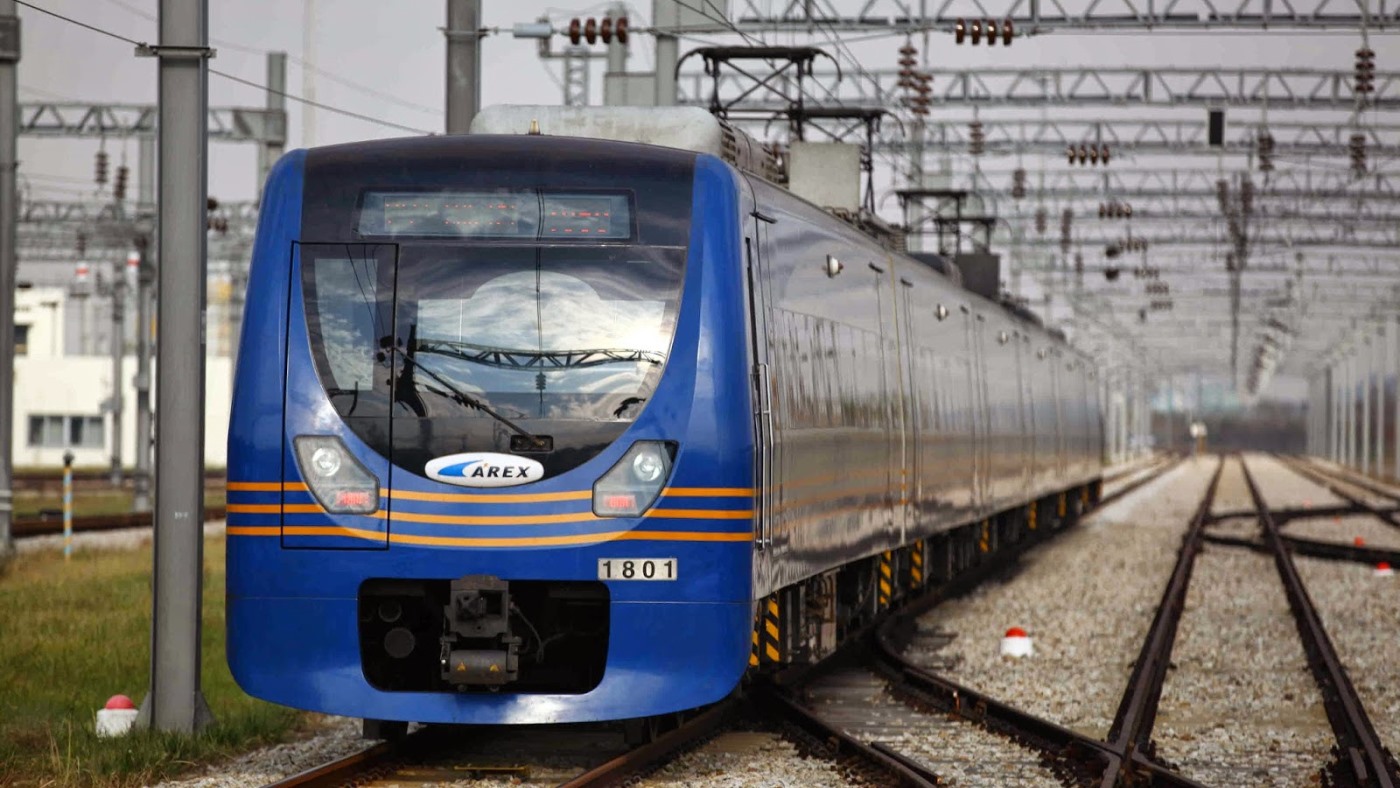
Part 3: The Heart of the Nation – Mastering Seoul & Gyeonggi-do
The Seoul Capital Area is a megalopolis of 26 million people, and its transportation network is the circulatory system that keeps it alive. At first glance, the subway map looks like a plate of colorful spaghetti, but with a little knowledge, it becomes an instrument of effortless travel.
Navigating Seoul: The World’s Most Impressive Metro System
The Seoul Metropolitan Subway is clean, safe, efficient, and incredibly affordable. It has air conditioning in the summer, heated seats in the winter, and high-speed Wi-Fi in every car. It’s a system you will grow to love.
Understanding the Subway Map: Your Guide to the Spaghetti
- Lines and Colors: Each line has a name (e.g., Line 2), a number, and a distinct color. Line 2, the “Circle Line,” is green and connects most of the city’s major districts. It’s a great orienting line for beginners.
- Finding Your Direction: Platforms are clearly marked with the name of the previous and next stations. For example, on Line 2, if you are at Gangnam and want to go to Hongik University, you’ll follow the signs for the “Hongik Univ.” direction. Your navigation app will tell you which direction/end-station to follow.
- Transfers are Key: Transfers are a part of life. Signage is excellent and color-coded. Just follow the signs for the line number you want to transfer to. Your app will even tell you which car to board on your first train to be closest to the transfer point for your next train—an invaluable time-saving trick.
Pro-Tips for a Smooth Ride: Subway Etiquette
- Queuing: People queue neatly on the marked lines on the platform. Let passengers exit the train completely before you board.
- Priority Seating: The seats at the end of each car, often a different color, are strictly for the elderly, pregnant women, and passengers with disabilities. Do not sit here, even if they are empty. It is a major cultural faux pas.
- Noise: Keep your voice down. Talking loudly on the phone or having boisterous conversations is frowned upon.
- Backpacks: If the train is crowded, take off your backpack and hold it by your feet to create more space.
The Future is Here: The Great Train eXpress (GTX) Network in 2025
This is the single biggest evolution in Seoul’s transportation in a generation, and it’s happening now. The GTX is a new network of high-speed, deep-underground commuter rail lines designed to connect the outer Gyeonggi-do province with central Seoul at speeds of up to 180 km/h.
What is GTX and Why It’s a Game-Changer for Travelers
Imagine traveling from the southern edge of the Seoul region to the northern edge in under an hour, a journey that could previously take over two hours. That’s the power of GTX. For a tourist, this radically redefines the concept of a “day trip.”
GTX-A: The First Piece of the Puzzle
The first line, GTX-A, began partial operation in 2024 and is expanding in 2025. It connects Suseo Station in Gangnam with Dongtan to the south, and by late 2025/early 2026, it will connect Seoul Station with areas to the north like Goyang. A trip from Suseo to Dongtan on GTX-A takes a mere 19 minutes, compared to 75 minutes on the regular subway.
- Traveler Impact: This makes staying in slightly more affordable areas outside central Seoul a viable and incredibly fast option. It also opens up new areas of Gyeonggi-do for easy exploration.

Above Ground in Seoul: Buses, Taxis, and Ttareungi Bikes
While the subway is king, Seoul’s surface-level transport is equally impressive.
- Seoul’s Public Buses: They are color-coded for your convenience. Blue buses travel long distances across the city. Green buses connect local neighborhoods to subway stations. Red buses are express commuter buses to Gyeonggi-do. Yellow buses run on short loops within central business/tourist districts. Your Naver Map will tell you exactly which number bus to take. Remember to tap your T-money card when you get on and when you get off to get a free or discounted transfer to the subway or another bus.
- Ttareungi (Seoul Public Bikes): If you’re comfortable on two wheels, Seoul’s public bike system is fantastic. You can rent a bike for a small fee using its dedicated app. It’s a wonderful way to explore areas like the Han River parks or the quiet streets of Bukchon Hanok Village.
Part 4: Beyond the Capital – Mastering Intercity Travel
South Korea is a relatively compact country, and its national transportation network makes it incredibly easy to explore beyond Seoul.
The Need for Speed: South Korea’s High-Speed Rail Network
The train is the most comfortable and often the fastest way to travel between major cities. The system is run by two operators: Korail and SR.
KTX: The Original Speedster
The Korea Train eXpress (KTX) is the flagship of Korail. These bullet trains can reach speeds of over 300 km/h, turning a cross-country journey into a short, comfortable trip.
- Major Routes: The main Gyeongbu line connects Seoul to Busan via major cities like Daejeon and Daegu. The Honam line connects Seoul to Gwangju and Mokpo in the southwest.
- Classes:
- First Class: Wider, 2+1 seating, complimentary water and snacks, more legroom. Well worth the upgrade for the comfort on longer journeys.
- Economy Class: Standard 2+2 seating. Still comfortable and clean.
- Pro-Tip: Book your tickets, especially for Friday or Sunday travel, in advance. They sell out quickly. You can book on the “KorailTalk” app or the website up to one month in advance.
Read Also: A Beginner’s Guide to Travel Hacking and Points
SRT: The Challenger from Suseo
The Super Rapid Train (SRT) is a newer high-speed service that is a direct competitor to the KTX.
- Key Difference: SRT trains depart from Suseo Station in the Gangnam area of southern Seoul, not Seoul Station. This can be much more convenient if you are staying in Gangnam.
- The Experience: The trains are newer, offer power outlets at every seat, and are often slightly cheaper than the KTX. If your itinerary starts or ends in Gangnam, SRT is the superior choice.
Slower but Scenic: ITX, Mugunghwa, and Nuriro
Korail also operates slower, cheaper trains.
- ITX-Saemaeul/Cheongchun: A modern, medium-speed train. The ITX-Cheongchun is particularly popular as it connects Seoul to Chuncheon, providing access to Nami Island.
- Mugunghwa/Nuriro: These are the slowest and oldest trains, stopping at many small towns. They are a great option for budget travelers with more time, offering a chance to see a different side of the Korean countryside.
The Unsung Hero: Korea’s Intercity Bus Network
While trains are fantastic, the bus network is even more comprehensive, reaching every town and county in the nation. It’s also often cheaper than the train.
- Express vs. Intercity Buses: It’s a confusing distinction, but generally, Express buses travel on major expressways between two large cities with minimal stops. Intercity buses serve a wider variety of destinations, including smaller towns, and may make more stops along the way.
- Navigating the Terminals: Major cities have massive, dedicated bus terminals. In Seoul, the main one is the Express Bus Terminal (in Gangnam), but there are others like Dong-Seoul and Nambu Terminal. Your navigation app will direct you to the correct one.
- Classes of Service: This is a highlight of Korean bus travel.
- Standard (Ilban): Regular 4-across seating.
- Excellent (Udeung): Luxurious 3-across seating, with huge reclining chairs.
- Premium (Peu-ri-mi-eom): The ultimate in bus comfort. These buses have fully enclosed private pods with curtains, personal entertainment screens, wireless charging, and seats that recline nearly flat. The overnight premium bus from Seoul to Busan is more comfortable than many short-haul airline business class seats and is an experience in itself.
![A three-panel collage. Panel 1: A KTX train speeding through a green, rural landscape. Panel 2: The interior of a luxurious Premium Bus, showing the private pods and entertainment screens. Panel 3: A family looking up at the departure board in the massive, modern Seoul Express Bus Terminal.]
Part 5: Conquering Other Major Cities & Regions
While the principles are the same, each major city and region has its own transportation quirks and highlights.
- Busan: Has its own excellent 4-line subway system that will get you to most places. The city is more spread out than Seoul, so bus journeys are more common. The Donghae Line is a scenic coastal commuter train that offers beautiful views as it runs north towards Ulsan.
- Jeju Island: Public transportation is functional but limited compared to the mainland. The bus system is the primary mode for budget travelers. However, to truly experience the island’s natural beauty and hidden cafes, renting a car is highly recommended. Taxis are also a popular option, and you can even hire a taxi driver for a full day of sightseeing at a fixed rate.
Part 6: Practical Advice & Final Tips for 2025
- Luggage Logistics: Major subway stations and all train/bus terminals have coin lockers of various sizes. For true convenience, consider a luggage delivery service like T-Luggage or LuggAgent. They will pick up your bags from your hotel in Seoul and deliver them to your hotel in Busan, allowing you to travel light on the train.
- Accessibility: Korea is continuously improving accessibility. Newer subway stations are equipped with elevators and screen doors. However, some older stations may still only have stairs or long ramps. The “KorailTalk” app allows you to book wheelchair-accessible seats on trains.
- Sample Itinerary Transportation Breakdown (7-Day Seoul & Busan):
- Day 1-4 (Seoul): T-money card for all subway and bus travel.
- Day 5 (Travel to Busan): Book a KTX (from Seoul Station) or SRT (from Suseo Station) ticket in advance.
- Day 5-7 (Busan): Continue using your T-money card on the Busan metro and buses.
- Day 7 (Return to Incheon Airport): Take the KTX from Busan directly to Incheon Airport (some services run directly) or to Seoul Station and transfer to the AREX.
Conclusion: Your Journey Awaits
The transportation system of South Korea is not just infrastructure; it is a core part of the modern Korean experience. It is a testament to the country’s innovation, efficiency, and desire to connect its people and places seamlessly.
Embrace it. Download the apps. Buy the T-money card. Don’t be afraid to take a random bus. Get lost in the beautiful efficiency of the Seoul subway. Experience the thrill of a KTX train slicing through the countryside.
By understanding how to navigate this incredible network, you are doing more than just learning how to get around. You are gaining the key to unlock the true heart and soul of South Korea, from its futuristic cities to its timeless landscapes. Your 2025 adventure is here, and now, you are ready to move.






